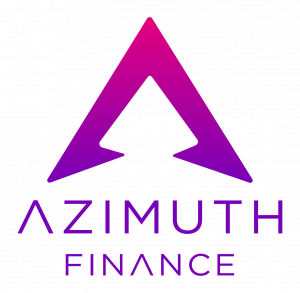A decentralized exchange (DEX) and passive income-generating services like staking, liquidity pools, and yield farming are all part of the ShibaSwap ecosystem, a platform for decentralized finance (DeFi). ShibaSwap is a fork of SushiSwap, a well-known DEX, which is a fork of Uniswap (UNI), the largest volume-based DEX in the world. However, unlike its competitors, ShibaSwap's primary goal has mostly been to increase the utility of Shiba Inu (SHIB) tokens.
The three main tokens used by ShibaSwap are SHIB, Doge Killer (LEASH), and Bone (BONE). One quadrillion SHIB was distributed during the initial currency offering, with half going to Vitalik Buterin, co-founder of Ethereum. Later, Buterin sent 450 trillion SHIB to a dead wallet and gave 50 trillion SHIB to an Indian COVID-19 relief fund. The owners discard the private keys and locked the remaining 500 trillion SHIB in Uniswap.
Initial plans called for LEASH to be a rebase token linked to the value of Dogecoin. It has now been set free and won't rebase. It has the opposite appeal to Shib because there are only 100k tokens in total circulation (which has a much larger supply). The second token used as compensation in the exchange provides special benefits to individuals who contribute liquidity.
The newest of the three tokens, called BONE, represents the ShibaSwap decentralized network's governing function. As you can see, the Shiba Inu network uses a decentralized autonomous organization (DAO) to make network-wide decisions. Given that everyone who possesses a governance token has the ability to vote, this is seen as the most authentically democratic way to run a network. Holders of the governance token Bone can vote on proposals. Your ability to vote increases as you hold more Bone.
Simply holding SHIB or LEASH will allow their values to be appreciated. But by doing this, you are giving up all of these assets' potential. In order to comprehend how the "dig" and "bury" features can help you increase your token holdings, it is preferable to become familiar with them. Each of the three ShibaSwap tokens can be buried or dug up. Burying is the staking function, whereas digging is the network's role in supplying liquidity. Similar to every other DEX, you can fund the platform with liquidity to make sure it has enough assets to complete each transaction; this is known as digging on ShibaSwap. The same staking procedures used in burying apply to all proof-of-stake networks.
Any of the three tokens can be buried or dug, but the yield you receive back from these actions is always bone. Given its ability to manage the ecosystem, Bone—the only token still being produced by the network—serves a crucial role in the ecosystem.
Users can stake their Leash, SHIB, and Bone for the values xLEASH, xSHIB, and tBONE, respectively, using the bury function.
Users who bury SHIB receive 3% of the Bone made with each new block of data. With xSHIB, users also receive a portion of all ETH transaction fees on the ShibaSwap platform, with a portion of those costs being converted into SHIB tokens.
Leash burying rewards users with a portion of the ETH transaction fees converted to Leash in exchange for merely 1% of the Bone created per block. As the quantity of Leash is so limited and the token's value is so high, this can be particularly profitable.
A little patience is needed for this function. You can only withdraw 33% of your rewards when you want to cash out and unbury your assets. You must wait six months for the remaining 33%.
You are doing a valuable service to the platform by digging your tokens. By digging, you give the platform the liquidity it needs to support each and every exchange transaction. You get your token back as a ShibaSwap Liquidity Protocol (SSLP) version of the asset by excavating SHIB, Leash, and Bone.
Your SHIB briefly replaces SHIB SSLP while digging SHIB. When you want to un-dig your SHIB, you will exchange your SHIB SSLP, which serves as a sort of placeholder token, back for your SHIB. Users passively gain Bone as the tokens are dug.
You exchange your LEASH for LEASH SSLP while digging Leash, and you receive the same passive Bone benefits as SHIB diggers. However, Leash scavengers receive an added bonus. Users earn 0.1% on each Wrapped Bitcoin (CCC:WBTC-USD) and USD Coin (CCC:USDC-USD) transaction made on the site while digging Leash.
In order to dig bones, BONE tokens must be converted into BONE SSLP. Additionally, just like the other two tokens, digging can net you more Bone rewards. However, Bone diggers receive 0.1% of all Dai (CCC:DAI-USD) and Tether (CCC:USDT-USD) transactions on the platform, unlike the other two tokens.
More Articles Below









